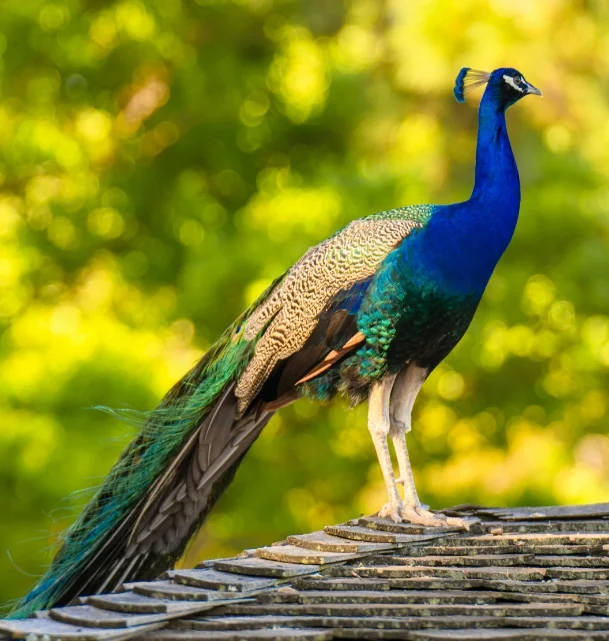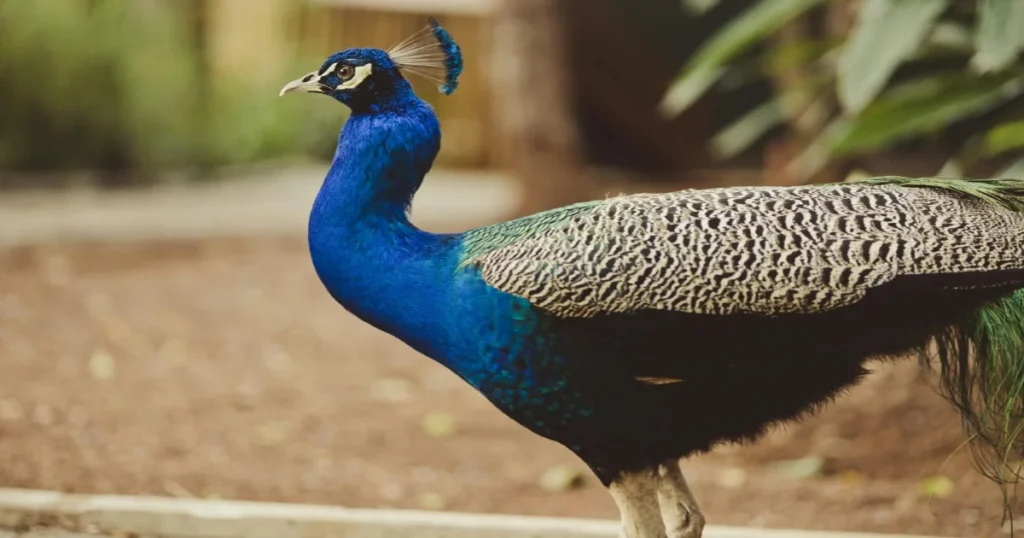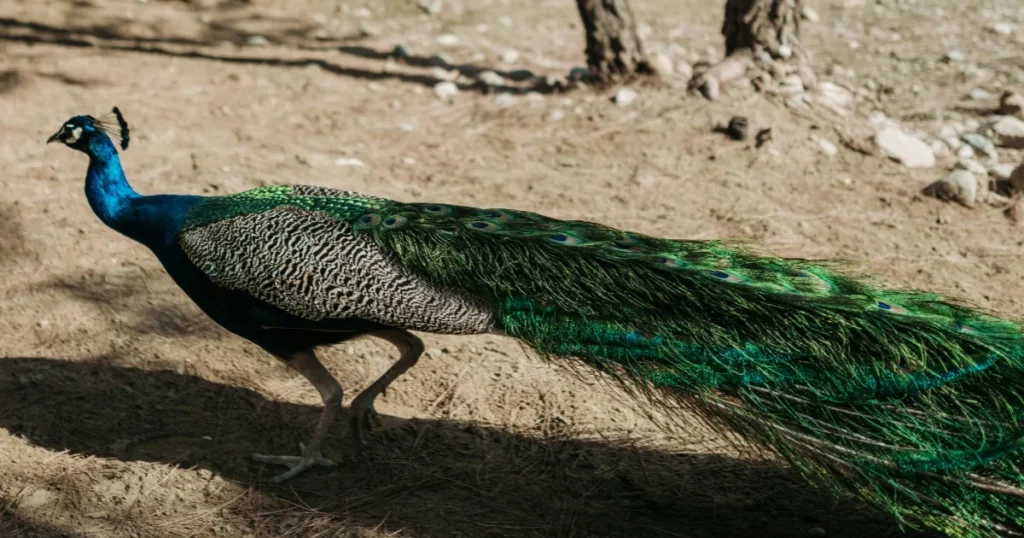Peacock
Peacock: Facts, Types, Habitat, and Cultural Significance The peacock is one of the most beautiful and recognizable birds in the world, admired…



Peacock: Facts, Types, Habitat, and Cultural Significance
The peacock is one of the most beautiful and recognizable birds in the world, admired for its vibrant plumage and graceful courtship displays. Scientifically known as Pavo cristatus, the peacock is actually the male of the species; females are called peahens, and together they are known as peafowl.
Types of Peacocks
There are three main species of peafowl:
1. Indian Peafowl (Pavo cristatus)
- Native to India and Sri Lanka
- National bird of India
- Known for its striking blue and green feathers
2. Green Peafowl (Pavo muticus)
- Found in Southeast Asia
- More metallic green feathers and longer tails
- Listed as endangered due to habitat loss
3. Congo Peafowl (Afropavo congensis)
- It is found in the lush rainforests of the Democratic Republic of the Congo.
- Less colorful but unique to Central Africa
Habitat and Distribution
Peafowl thrive in forests, grasslands, and farmlands. Indian peafowl are common in villages and temple gardens across the Indian subcontinent, while green peafowl prefer dense forests. They roost in tall trees to stay safe from predators.
Diet and Feeding Habits
Peafowl are omnivores. Their diet includes:
- Seeds and grains
- Fruits and berries
- Insects and small reptiles
They help control pests but can sometimes damage crops if in large numbers.
Behavior and Courtship
One of the most fascinating traits of the male peacock is its courtship dance. During mating season, the male fans out its iridescent tail feathers and shakes them to attract females. These feathers contain eye-like patterns, believed to play a role in mate selection.
Cultural and Religious Significance
- India: Symbol of beauty, grace, and royalty. Associated with Hindu deities like Lord Krishna and Goddess Saraswati.
- China: Represents dignity and prosperity.
- Western culture: Often symbolizes pride and vanity.
Conservation Status
- The Indian Peafowl is listed as Least Concern by the IUCN due to its large population.
- The Green Peafowl faces endangerment because of deforestation and hunting.
- The Congo Peafowl is vulnerable, with limited habitat.
Interesting Facts about Peacocks
- A peacock’s tail can make up more than 60% of its total body length.
- Only males have the iconic long tail feathers.
- They can fly short distances despite their size.
- Peafowl live up to 20 years in captivity.
The peacock is more than just a beautiful bird – it is a symbol of cultural heritage, biodiversity, and ecological importance. Protecting its habitat ensures that future generations can continue to admire its beauty and significance.
Read More
References
1. Wikipedia – Peacock – https://en.wikipedia.org/
2. National Geographic – Peacock – https://www.nationalgeographic.com/
3. Britannica – Peacock – https://www.britannica.com/
